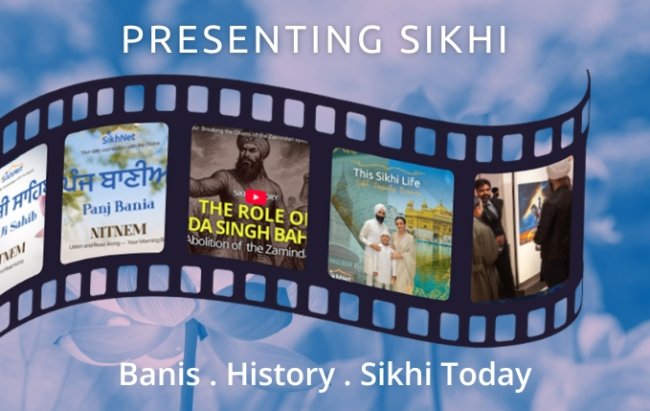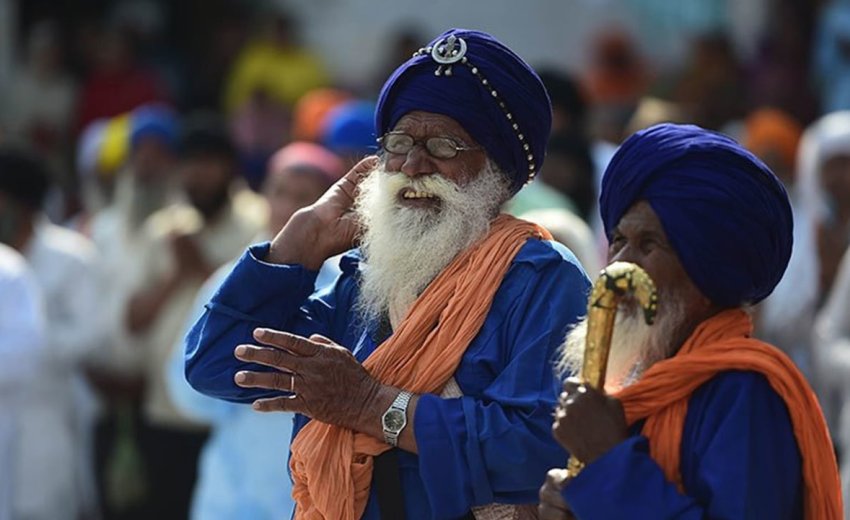When Sardar Sant Singh, now 87, settled in Lahore about a decade ago, his was the first Sikh family to do so after 1947. He heads a prosperous joint household of four sons and many grandchildren who all live in a spacious house they own in a suburban middle-class locality. All his sons also own their independent businesses; one of them is an elected councillor and another is a member of the district assembly. His grandchildren travel in family-owned cars and attend private schools and colleges.
This is a far cry from what Sardar Sant Singh’s life was like 17 years ago in his small village in Orakzai Agency near Pakistan’s border with Afghanistan. He used to till a small piece of land but had to run a small grocery shop and do some tailoring on the side to make ends meet. In more ways than one, the move to the big city has truly paid off for him and his offspring.
But what is perhaps most interesting about this family’s story is that, while moving from anonymity in the tribal areas to the urban prominence they have now achieved, Sant Singh’s family does not seem to have faced the usual hurdles reported in the case of other minority communities attempting similar social and geographical moves. Their journey has been rather smooth, and in tune with changes in the broader place of Sikhs in Pakistani society. The community’s visibility has increased, they are joining public services –including the police and the army – and Sikh-run businesses are no longer an oddity.
Sardar Sant Singh’s eldest son, Bishan Singh, who started out working as a tailor in Peshawar, is now one of the owners of a successful outlet that peddles imported saris and embroidered wedding outfits inside a fancy shopping mall in Lahore. “It is all because of the years of hard work that my father put in,” says Bishan’s amiable young son Tarlok Singh who because of his father’s illness divides his time between working at the showroom and preparing forhis intermediate examination.
Bishan’s first big initiative, the one that launched the turnaround in his family’s fortunes, was sending his youngest brother, Ameer Singh, from their Orakzai Agency village to Nankana Sahib for school in the early 1990s. “We were the only Sikh family in our village of about 4,000 people. Everyone treated us extremely nicely. But there was no way to educate our children, especially with a religious focus,” he explains. And he did not stop there. Next he shifted the entire family to Nankana Sahib, which houses some of the most sacred Sikh sites. There the children could learn more about their religion as well as the wider world, and the elders could enjoy a better community life because of the sizeable Sikh presence.

